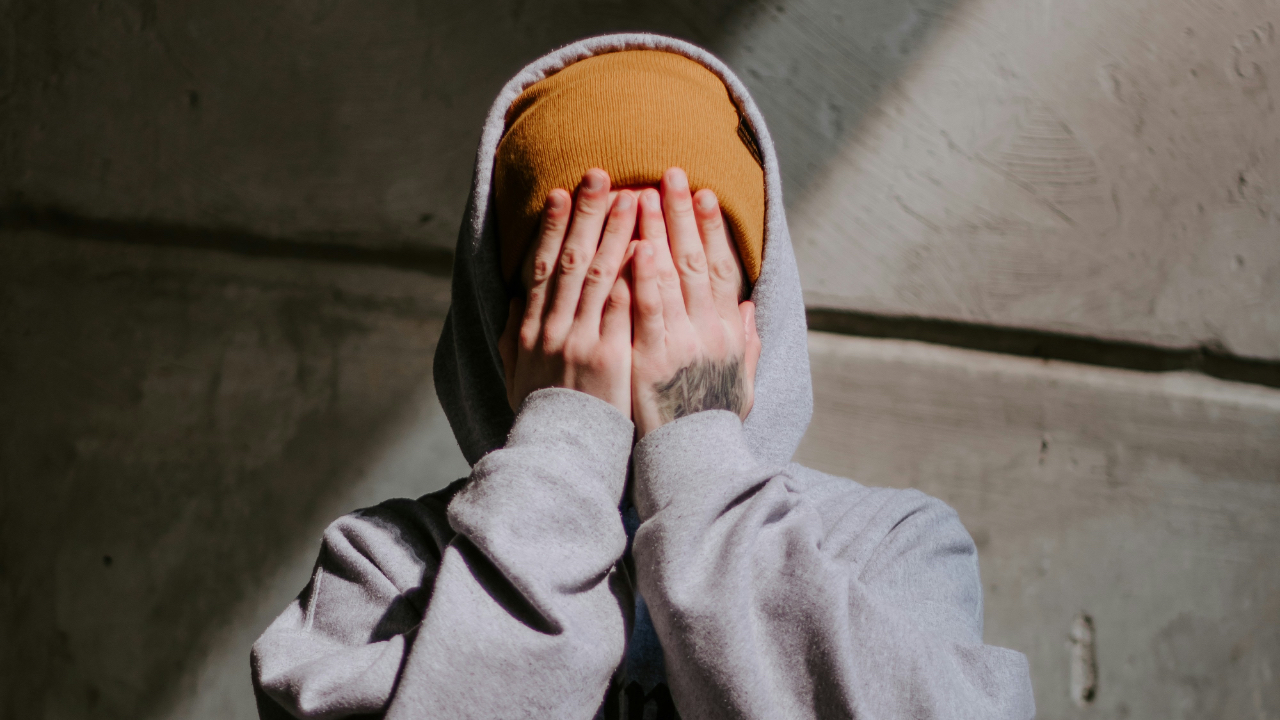Blog
Acute Dizziness Management: Vestibular Regulation Tools

As vestibular therapists, we’re well-versed in adaptation, habituation, and substitution. These principles are the foundation of vestibular rehabilitation and are vital for long-term recovery. However, there seems to have been less emphasis in our field on equipping patients with acute dizziness management strategies, the tools they can use to calm symptoms when they spike, whether after doing their exercises or when caught in a visually or motion-rich environment.
That gap inspired this post. Over the years at North 49, I’ve found that teaching vestibular regulation techniques can empower patients to manage dizziness in real time, giving them confidence and control while supporting long-te...
Postural Crisis (Tumarkin-like phenomenon) After BPPV Treatment
When I first began treating benign paroxysmal positional vertigo (BPPV), I was advised to: “Always keep a hold on the patient after sitting them up.” It was a warning about the potential for dizziness caused by otolith movement (postural crisis after BPPV treatment) or, more often, due to blood pressure changes during the final step of the maneuver.
Over the years, I’ve followed that advice religiously, wrapping both of my arms around the patient’s neck and shoulders, holding them briefly while making small talk and checking how they are doing.
That is, until one time I didn’t.
I had just completed a modified Epley maneuver with a patient. He looked stable, so I stepped back. But about 15...
Vestibular Neuritis: A Deeper Dive Into the Pathophysiology

Vestibular neuritis is one of the more common causes of acute vertigo seen in emergency rooms and vestibular therapy clinics alike. It is estimated to account for 3.2 to 9% of all vertigo cases seen in specialized dizziness clinics [1], and has an incidence of approximately 3.5 per 100,000 people per year [2]. While many therapists understand its classic clinical presentation of sudden onset of vertigo/dizziness lasting days, often with nausea, imbalance, and spontaneous nystagmus the underlying pathophysiology deserves a closer look.
The Classic Presentation of Vestibular Neuritis
Vestibular neuritis (most commonly due to a viral infection) typically results in an acute unilateral vestibu...
Vestibular Paroxysmia: What It Is & Why We Should Be Aware of It

In this blog, I want to share something that over the past couple of years has repeatedly come across my path being Vestibular Paroxysmia. I first remembering hearing about it from Dr. Shepard on the Talk Dizzy to Me podcast, then glanced through it on the Bárány Society website, and more recently it came up during the Advanced Vestibular Physical Therapy cohort I was fortunate to be in through the University of Pittsburgh
I’ve come to realize that, although this condition is not common, it’s certainly out there and as clinicians who work with people dealing with dizziness, we need to keep this one in the back of our minds. My approach is: if I see something once, I park it in the back of m...
The Storage Velocity Mechanism: A Guide for Vestibular Therapists

In an effort to better understand the Storage Velocity Mechanism (SVM) and its clinical significance—something that isn’t talked about much in courses—I decided to dive deeper into what it is, why it matters, and what I should know as a vestibular therapist. Here’s what I found.
What is the Storage Velocity Mechanism?
As we know, the semicircular canals detect angular acceleration. However, with motion at a steady speed the cupula in the semicircular canal returns to its resting position within 7 seconds. Despite this, we can maintain visual stability during sustained rotations, thanks to the Storage Velocity Mechanism (SVM).
The SVM essentially integrates and "stores" velocity informa...
Understanding Third Window Syndrome (TWS)

As healthcare providers, we occasionally encounter patients with dizziness that does not fit the usual patterns of vestibular disorders. One such condition is Third Window Syndrome (TWS), which most commonly presents as Superior Semicircular Canal Dehiscence (SSCD). There are other presentations of TWS aside from SSCD and TWS itself was first described by Minor in 1998.
In this blog, we will cover what TWS is, its causes, symptoms, triggers, diagnosis, and treatment options.
What is Third Window Syndrome?
Third Window Syndrome (TWS) encompasses a group of inner ear disorders characterized by an abnormal opening or thinning in the bony structures of the inner ear. The most well-known form...
Acoustic Neuroma Review

As a healthcare provider, seeing patients with various medical conditions is part and parcel of our daily routine. However, there are certain conditions that are relatively rare, but require keen attention and understanding for effective management should they occur. One such condition is an acoustic neuroma, also known as vestibular schwannoma. In this blog, I will provide insights into what an acoustic neuroma is, its prevalence, clinical presentation, conservative treatment principles, and indications for surgery. Then, if you want to take a deeper dive, I'll provide some of my favourite resources at the end of the this blog.
Understanding Acoustic Neuroma:
Acoustic neuroma is typicall...
What is Alice in Wonderland Syndrome (AIWS)?

Have you ever wondered why Lewis Carroll's "Alice in Wonderland" seems like such a trippy and surreal journey? Well, there's a fascinating theory that connects this whimsical tale to a peculiar phenomenon known as "Alice in Wonderland Syndrome" or AIWS. This syndrome is closely associated with migraines and can offer a curious glimpse into the world of distorted perceptions. It has been said that Lewis Carroll himself had migraines, so this may be a tale expressing what he was experiencing personally.
What is Alice In Wonderland Syndrome or AIWS?
Alice in Wonderland Syndrome (AIWS) is a rare and intriguing neurological condition, often linked to migraines. But, it can also be triggered by ...
What Is Autoimmune Inner Ear Disease?

The intricate complexity of the human body's immune system is a remarkable defence mechanism that protects us from harmful invaders. However, in certain cases, this defence mechanism can go awry, leading to a range of autoimmune disorders. One such disorder that remains relatively lesser-known but can have profound effects on an individual's life is Autoimmune Inner Ear Disease (AIED). In this blog we will shed some light on what AIED is, its causes, symptoms, diagnosis, and available treatment options.
What is Autoimmune Inner Ear Disease (AIED)
Autoimmune Inner Ear Disease (AIED) is a rare condition where the immune system mistakenly attacks the structures of the inner ear, particularly ...
How To Treat Anterior Canal BPPV

With going to vestibular therapy courses have you found that learning how to treat BPPV affecting the anterior canal is often overlooked. This is understandable to some extent given that other vestibular conditions are more prevalent. Specifically with BPPV, according to Bhattacharyya, it only affects the anterior canal up to 3% of the time. Not nearly as common as the other two canals, where much of the training focuses on.
With that being said, BPPV affecting the anterior canal is rare, but it does happen. So, if you are treating patients with dizziness it is just a matter of time until you may see this form of BPPV. When you do it will be good to have a treatment technique up your sleeve...


